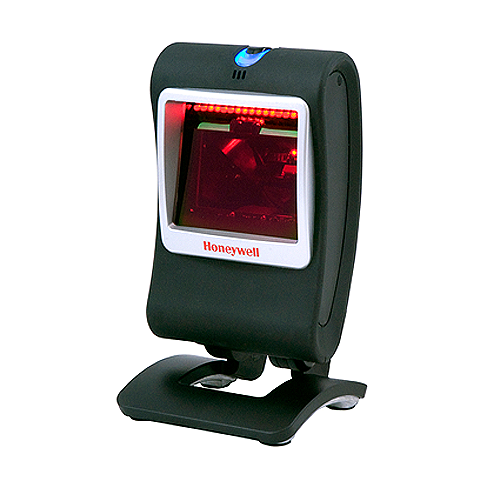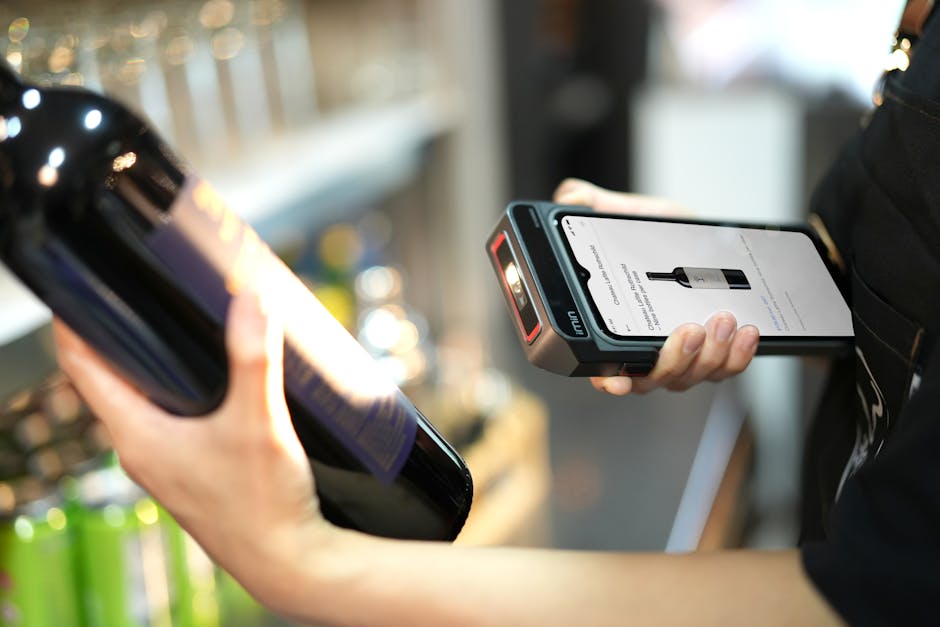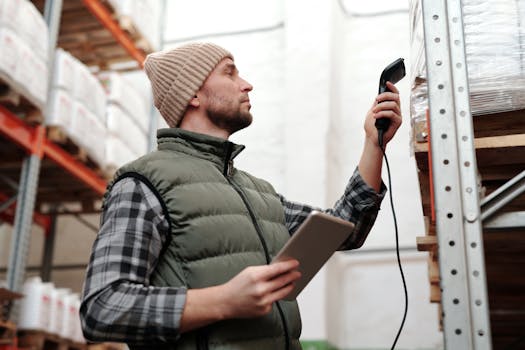
Barcode Scanners:
The Unsung Heroes of Modern Efficiency
In an era where speed and accuracy are paramount, barcode scanners have become indispensable tools across industries. These devices, which decode the information embedded in barcodes, streamline operations from retail checkouts to complex logistics. Let’s explore how they work, their types, applications, and future potential.
What is a Barcode Scanner
A barcode scanner is an electronic device that captures and translates visual barcode data into digital information. Comprising a light source, sensor, and decoder, it reads the alternating dark and light bars of a barcode, converting them into text or numbers for computer systems.

History of barcode scanners
The history of modern barcode scanners began on 20th October 1949 when Bernard Silver and Norman Joseph Woodland (both from Drexel University of Technology in Philadelphia) filed a patent titled “Classifying Apparatus and Method” which used pattern recognition to classify articles. Introducing barcode scanners into commercial use began in 1966, but the process took a while due to the impending need for standardization.
The first product ever to be scanned was a pack of Wrigley’s Chewing gum. The historical event took place at a Marsh supermarket in Ohio on 26th June 1974.

How Do They Work?
- Illumination: A light source (often LED or laser) illuminates the barcode.
- Capture: The sensor detects reflected light, creating an analog signal.
- Conversion: The decoder processes this signal into digital data.
- Transmission: Data is sent to a connected system, updating databases or triggering actions.
This seamless process, taking mere milliseconds, revolutionized data entry since its inception in the 1970s when the first UPC barcode was scanned in a supermarket.

Types of Barcode Scanners
Pen-Type Readers: Manual devices dragged across barcodes; durable but slow.
Laser Scanners: Use laser beams for long-range scanning, common in retail.
CCD Readers: Employ array of sensors for short-range, accurate reads.
Camera-Based (2D Imagers): Capture images to read 1D and 2D codes (e.g., QR codes), ideal for damaged labels.
Smartphone Apps: Turn phone cameras into portable scanners via software.

Applications across Industries
Retail: Speedy checkouts and inventory tracking.
Healthcare: Patient ID verification and medication management.
Logistics: Real-time package tracking and warehouse efficiency.
Libraries: Streamlined book loans and cataloging.
Ticketing: Access control at events via QR codes.

Advantages and Limitations
Advantages
Speed & Accuracy: Reduce human error and process transactions swiftly.
Cost-Effective: Affordable solutions with high ROI through efficiency gains.
Versatility: Adaptable to various environments and barcode types.
Limitations
Line-of-Sight Requirement Traditional scanners struggle with obscured codes.
Surface Dependence: Damaged or poorly printed barcodes may not scan.
Technology Gaps: Older models cannot read 2D codes, necessitating upgrades.

Barcode scanners, though often overlooked, are pillars of modern operational efficiency. As technology evolves, they will continue to adapt, playing a critical role in the digitization of industries worldwide. From humble beginnings to future innovations, these devices exemplify how simple solutions can drive monumental change.
In a world racing toward automation, the barcode scanner remains a timeless ally, proving that even the smallest tools can have an outsized impact.